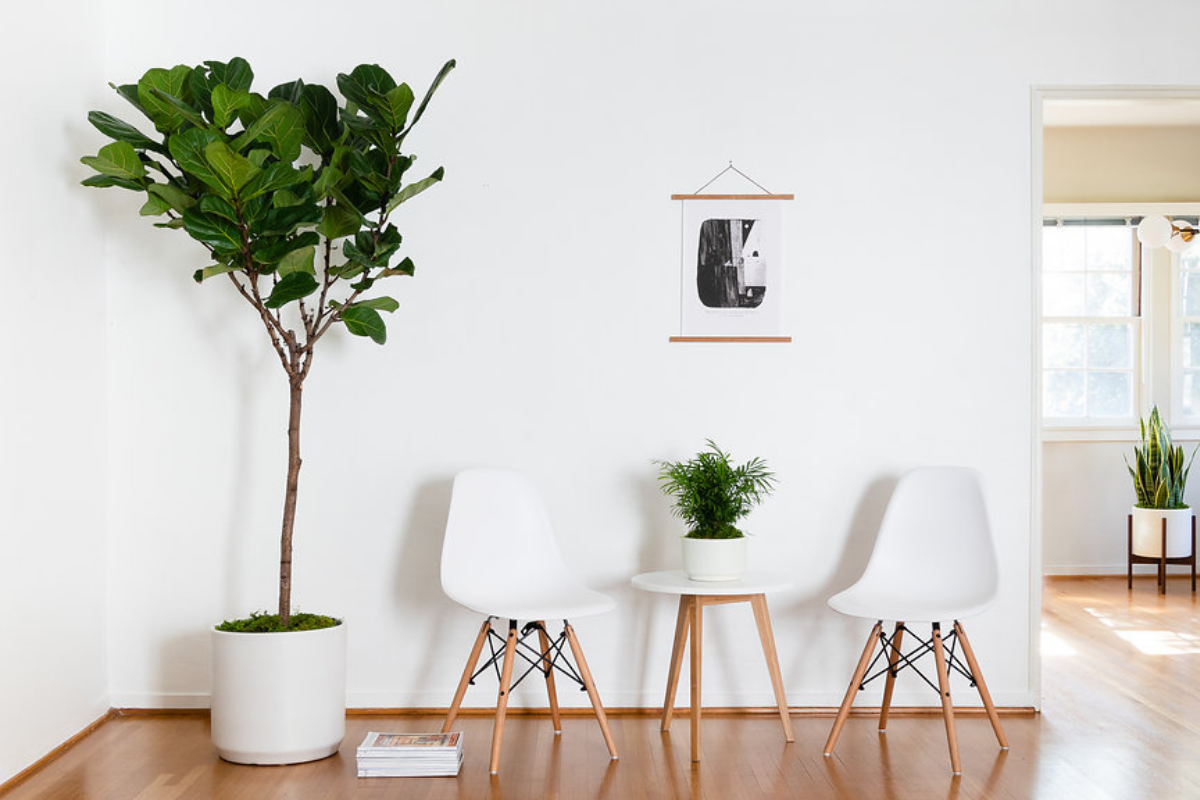How to select plants for home air quality?
Having plants in your home not only adds to the aesthetics of the space but also plays a crucial role in improving indoor air quality. In fact, NASA research has proven that certain plants can effectively filter out harmful toxins and pollutants from the air we breathe. If you’re looking to create a healthy and clean atmosphere in your home, here are some tips on how to select the right plants for better air quality:
1. Consider the space and lighting conditions
Before choosing plants for your home, it’s essential to consider the available space and lighting conditions. Some plants thrive in bright sunlight, while others prefer shade. Make sure to select plants that will thrive in the specific environment of your home to ensure their optimal growth and air-purifying capabilities.
2. Choose plants with air-purifying qualities
Not all plants are created equal when it comes to air purification. Some plants are particularly effective at filtering out common household toxins like formaldehyde, benzene, and trichloroethylene. Consider adding plants such as peace lilies, spider plants, snake plants, and pothos to your indoor garden to enjoy their air-purifying benefits.
3. Incorporate a variety of plants
Instead of relying on just one type of plant, it’s beneficial to incorporate a variety of plants with different air-purifying qualities. By diversifying your indoor garden, you can ensure a more comprehensive filtration of toxins and pollutants in the air. Mix and match plants with different shapes, sizes, and foliage to create an aesthetically pleasing and healthier indoor environment.
4. Consider your lifestyle and maintenance abilities
When selecting plants for your home, it’s crucial to consider your lifestyle and maintenance abilities. Some plants require more attention and care than others, so choose plants that align with your schedule and gardening skills. If you have a busy lifestyle, opt for low-maintenance plants like succulents and cacti that require minimal watering and care.
5. Research potential allergens
While plants can improve indoor air quality, some individuals may be sensitive to certain allergens produced by plants. Before selecting plants for your home, research potential allergens associated with specific plant species. If you or your family members have allergies, opt for non-allergenic plants like ferns, palms, or orchids to minimize the risk of allergic reactions.
6. Monitor plant growth and health
Regularly monitor the growth and health of your indoor plants to ensure they are thriving and effectively purifying the air. Keep an eye out for signs of yellowing leaves, pest infestations, or wilting, as these could indicate that the plants are not receiving adequate care or are struggling to adapt to their environment. Proper plant care will not only enhance air quality but also contribute to a greener and more vibrant indoor space.
Conclusion
By incorporating the right plants into your home, you can create a breathable and healthy indoor environment that promotes overall well-being. Selecting plants with air-purifying qualities, considering your lifestyle and maintenance abilities, and monitoring plant growth are essential steps in ensuring optimal air quality in your living space. With a little greenery and care, you can transform your home into a sanctuary of clean and fresh air.



